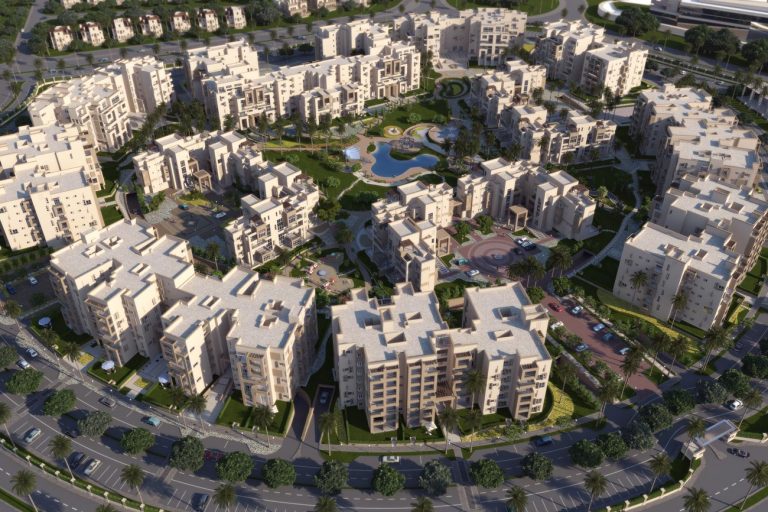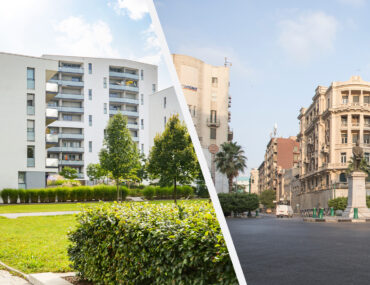Living in a compound offers many advantages that cater to the varied needs of individuals and families. One of the primary benefits is the heightened security that compounds typically provide, with gated entrances and private security measures ensuring peace of mind. Additionally, compounds promote a sense of community, fostering closer relationships among residents who share communal spaces.
Families living in compounds often enjoy shared resources that can significantly reduce living expenses. This communal living arrangement provides an opportunity for emotional and practical support among family members, enhancing overall well-being. Compounds are designed to accommodate a range of amenities and activities, offering convenient and enjoyable lifestyle choices.

Compounds also offer a blend of privacy and independence while maintaining a communal environment. Residents can enjoy both their own private living spaces and the benefits of being part of a close-knit community. This living arrangement is ideal for those who value both solitude and social interaction in a secure and supportive setting.
Safety and Privacy in a Compound Setting

Living in a compound provides heightened security measures and ensures private living spaces amidst a community environment.
Enhanced Security Features
Compounds are known for their robust security systems. Typically, these communities have gated entrances and 24/7 surveillance.
Security guards are stationed at various points to monitor and control access. This not only deters unauthorized entry but also provides a sense of safety. Electronic alarm systems and CCTV cameras are commonly installed in strategic locations throughout the compound.
Moreover, compounds often implement strict visitor protocols, ensuring that only recognized individuals can enter the premises. These measures significantly reduce the likelihood of crime, creating a safer environment for residents and their families.
Maintaining Privacy Within Community
Despite the communal living aspect, compounds offer substantial privacy to their residents. Houses or units are usually spaced apart, often surrounded by privacy fences or hedges.
Each family can enjoy its living area without unnecessary intrusions. Designated quiet zones and private gardens further enhance the feeling of privacy.
Compounds often incorporate thoughtful architectural designs that prevent overlooking between homes, ensuring that residents can maintain their independence while still being part of a larger community.
Additionally, community regulations may exist to respect personal space and limit disturbances, making it easier for everyone to coexist peacefully.
Design and Lifestyle Benefits
Family compounds offer significant advantages in terms of architectural design and lifestyle benefits. These benefits can range from optimized structural designs suited for communal living to specialized amenities and efficient shared resources.
Optimized Architectural Design
Optimized architectural design in family compounds prioritizes both communal and individual needs. Tiny houses and garages can be incorporated seamlessly into the family compound, providing additional living spaces or storage.
Outdoor spaces such as gardens and patios can enhance the living experience, offering areas for relaxation and social activities. The layout generally includes common areas that facilitate daily interactions among family members.
These architectural choices are carefully planned to balance privacy and communal life. Attention to efficient space usage ensures every corner has a purpose, making the living environment both practical and aesthetically pleasing.
Amenities and Shared Resources
Family compounds often boast a range of amenities that benefit all residents. These can include shared kitchens, recreational spaces, and workshops. Access to amenities such as swimming pools, fitness centers, and community rooms fosters a comfortable and enriching lifestyle.
Pooling resources lowers individual household expenses and enables the creation of shared facilities that would be costly for single-family homes. Shared utilities like water, electricity, and internet services reduce financial burdens.
This communal approach to living enables families to invest in better infrastructure and services. These shared amenities and resources enhance the quality of life by providing opportunities for collective activities and social bonding.
Multi-Generational and Individual Living Spaces
Family compounds are designed to accommodate multi-generational living while preserving individual spaces. Separate living units, such as standalone houses or apartments, ensure everyone has their own secure and private area. This is beneficial for relatives of various ages, from grandparents to grandchildren.
Common areas, like dining rooms or entertainment lounges, are strategically placed to bring family members together. Shared spaces provide environments for regular interaction and communal events.
This balance between private and shared spaces promotes a harmonious living arrangement. It addresses the need for independence and togetherness, making it ideal for families aiming to stay close-knit while respecting individual preferences and lifestyles.



